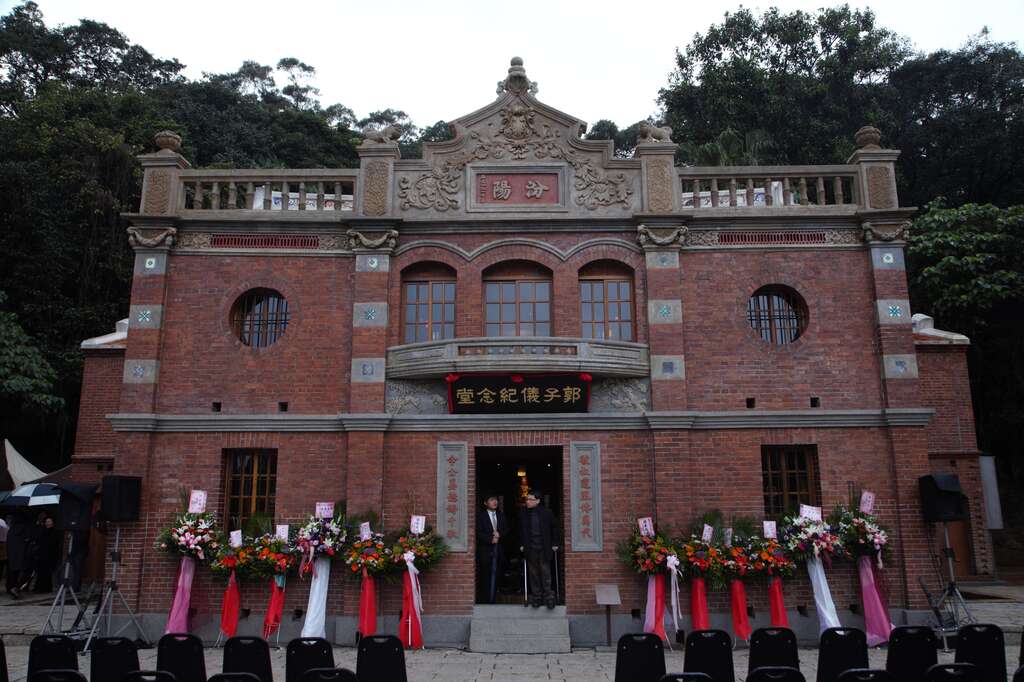Guo Ziyi Memorial Hall Neihu Red House Introduction
Neihu was the residence of the first township chief, Guo, during the Japanese colonial period, located on a hillside on the west side of Neihu City. It was built around the eighth year of the Taisho era (1919). At that time, Taiwanese society was stable, and the economy was prosperous, which influenced the architectural styles of official buildings and residential houses. For example, the facades of the shophouses on Dihua Street in Taipei were often decorated in a Baroque style, using red bricks, pebbled plaster, mud sculptures, and colorful tiles, and were also referred to as Taisho-style architecture. The Guo residence in Neihu is a typical mansion from this period. The ancient Guo residence is situated on the hillside of a small hill, facing south, surrounded by forest on three sides, creating a serene environment. The layout of the ancient residence is slightly T-shaped and entirely constructed of brick and wood. The exterior walls are made of red bricks, which were popular during the Taisho period, decorated with pebbled plaster and imported colorful tiles from Japan. The indoor flooring is wooden, supported by numerous wooden beams, and there are lamps to hang traditional Taiwanese offerings and lanterns. The windows on the front elevation are varied in design, with a protruding arched balcony, and the shape of the hilltop resembles a Baroque style, showcasing the beauty of scroll-like curves. In recent years, the hilltop has been inscribed with the name of Bi Feng Temple, signaling an intention to convert it into a temple, although this has not yet been realized. (Source: Ministry of Culture, Bureau of Cultural Heritage)






























